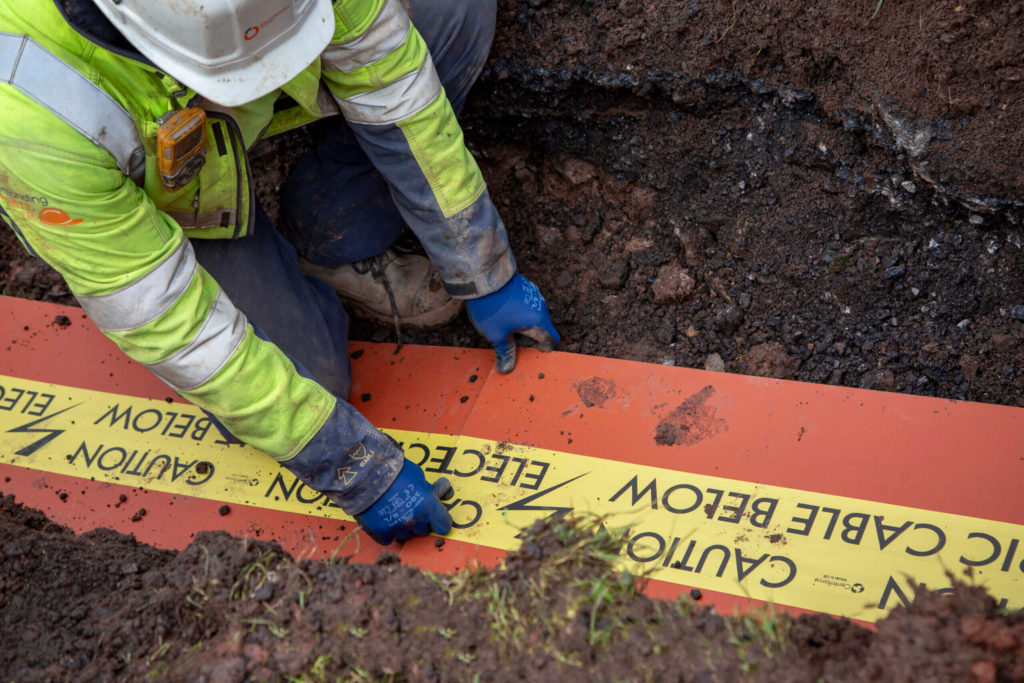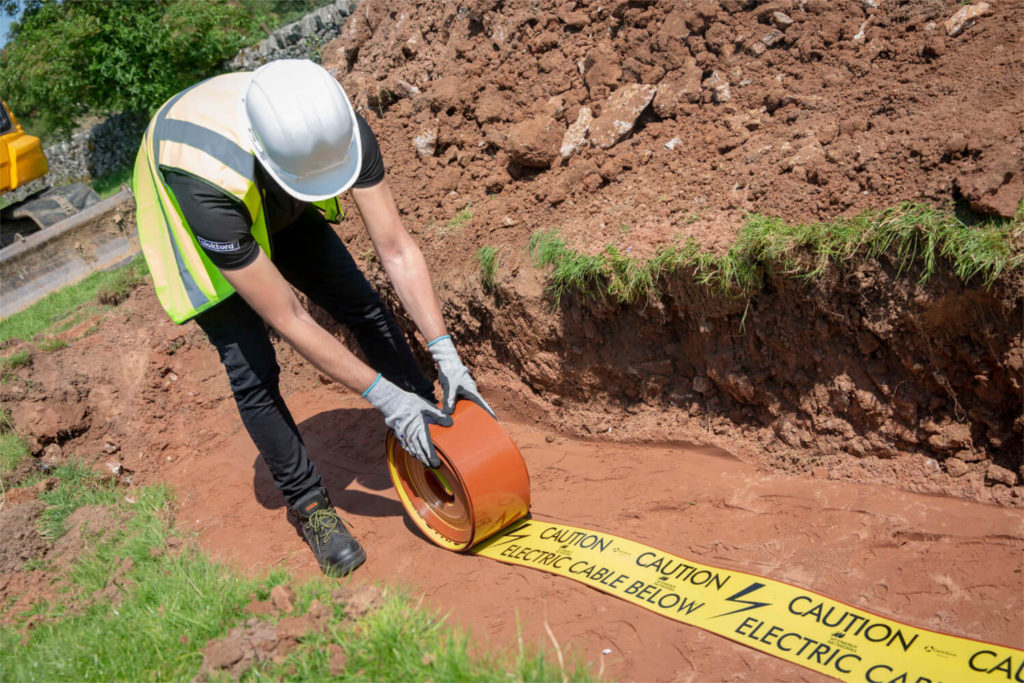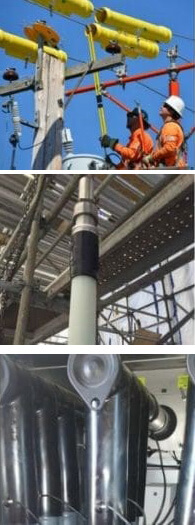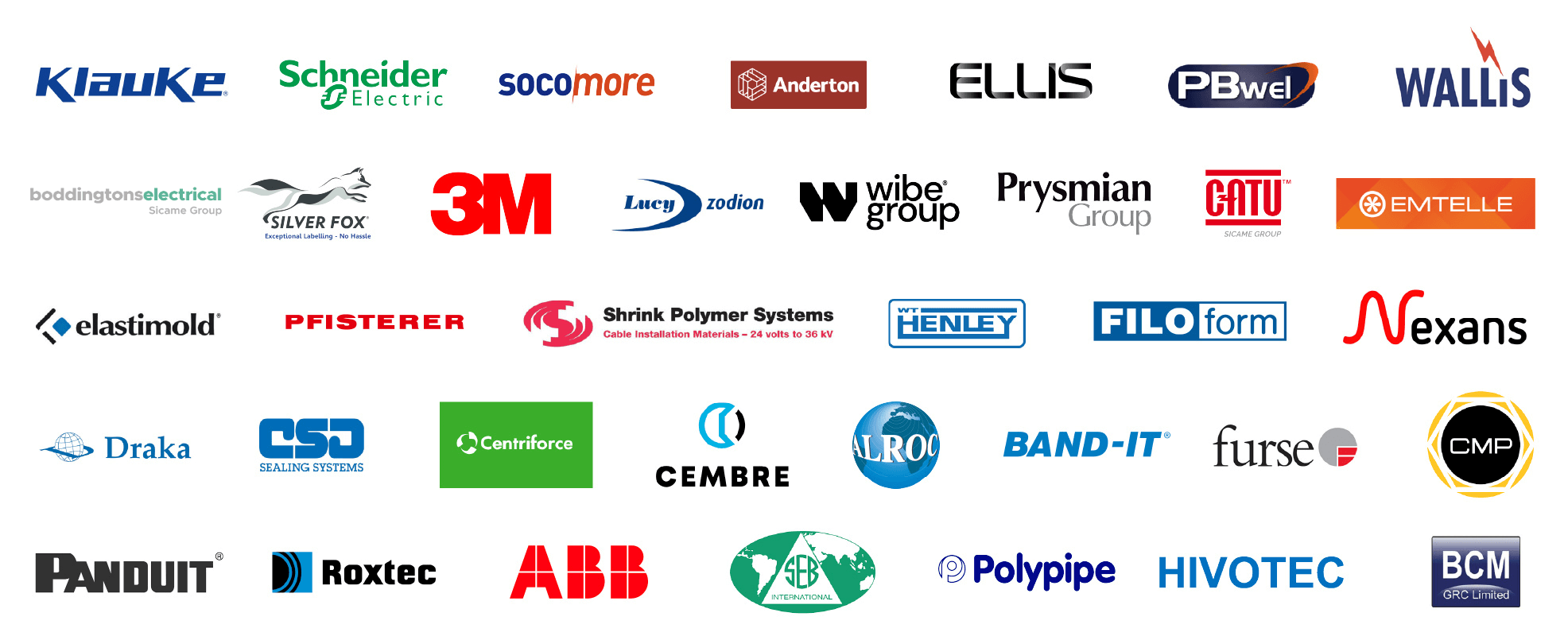Cable Strikes | Combined Gas and Electric Strike and Ignition
Published 18 May 2021

Cable Strikes
Utility Strike Avoidance Group
USAG have published a range of documents to assist industry understanding of the root cause and contributory factors behind specific incidents. The aim is to improve industry standards and reduce the number of cable strikes.
Cable damage is often caused by excavating machines – hand held tools such as pneumatic drills, crowbars, pins, picks and forks also expose workers to potential sources of danger when digging around underground cables.
The next in the series is a safety alert thanks to Highway England regarding a strike on both Electric & Gas service connections to a property.
Incident Overview

Gas Pipe & Electric Cable Strike
What Happened?
Executive Summary – On Friday the 29th November at 14:30 CityFibre were informed of an incident in an FTTH City.
CityFibre’s Principal Contractor (PC) reported a combined gas and electric strike, resulting in ignition of the gas. SGN (Gas Network) and the emergency services were called to support in the incident. SGN and PC worked to make the area safe, no injuries were reported and the road was closed as a precaution whilst the repair was made.
The cables were lowered, trench backfilled and area made safe with full reinstatement undertaken the following morning.
The strike was on both Electric – 35mm & Gas – 25mm service connections to a property. The services had been laid in a combined utilities trench. There were no safety indicative markers such as tiles or tape present in the trench, nor was there any distinct separation or sand split between the two utilities.
Utilities were buried significantly shallower than specified with by NJUG (industry guidelines). The fire was extinguished by 17:00, with PC supporting SGN engineers by hand digging to expose the damaged plant and electricity cables. By 19:00 the electric supply was restored.
A temporary reinstatement was made of the excavation and the PC returned in the morning to permanently reinstate the works.
Key Learning
- Ensure all teams are briefed on the STREET WORKS UK GUIDANCE ON THE POSITIONING AND COLOUR CODING OF UNDERGROUND UTILITIES’ APPARATUS
- Ensure that Safe Dig Techniques are followed as per HSG47
- Ensure service drawings are in date and fully reviewed prior to any excavation work
- Use the CAT & Genny together (in avoidance mode). We recommend the use of the ECAT4+ and version 4 Genny so that Survey results can be recorded electronically. This will aid the identification of correct usage and level of usage. All operators of the equipment must be trained and competent to use.
- Safe systems of work such as risk assessments and method statements are in place and understood.
- All strikes must be reported to [email protected] as detailed in the contractors contract and/or construction phase plan.
Protecting Cables Against Strikes & Restoring Power Post-Strike
Thorne & Derrick have been distributors for 3M Electrical since 1985 and can provide a range of reliable and easy to install Cable Repair Products – this includes Scotch Tapes, Scotchcast Joints and Cold Shrink Tubes to provide effective re-instatement of cable sheath jackets on all types of LV MV HV cables in onshore and offshore locations with safe or hazardous area workplace classifications.

Cable Repair Products
Our range of cable protection covers manufactured by Centriforce provide underground utility protection of LV MV HV cables including Tapetile (11kV) and Stokbord (33kV 66kV 132kV) – contact us to discuss Cable Damage Prevention Products including Dectamesh, the underground detectable warning tape for alerting excavators of the presence of buried cables and to prevent potentially lethal accidents during excavation.







